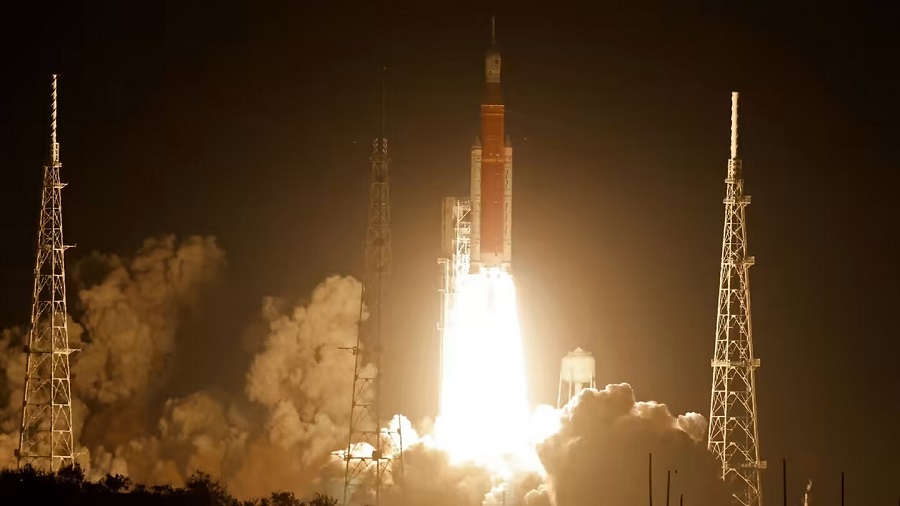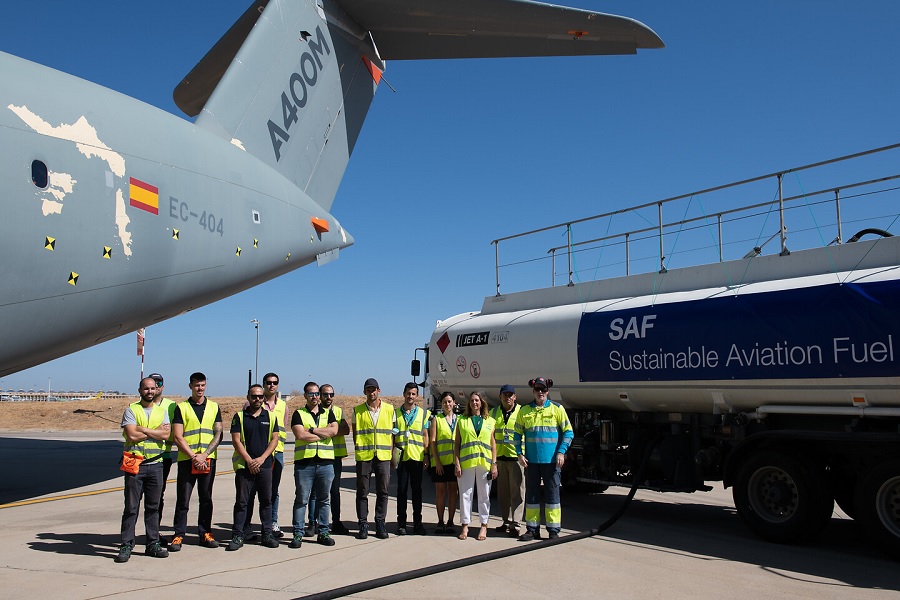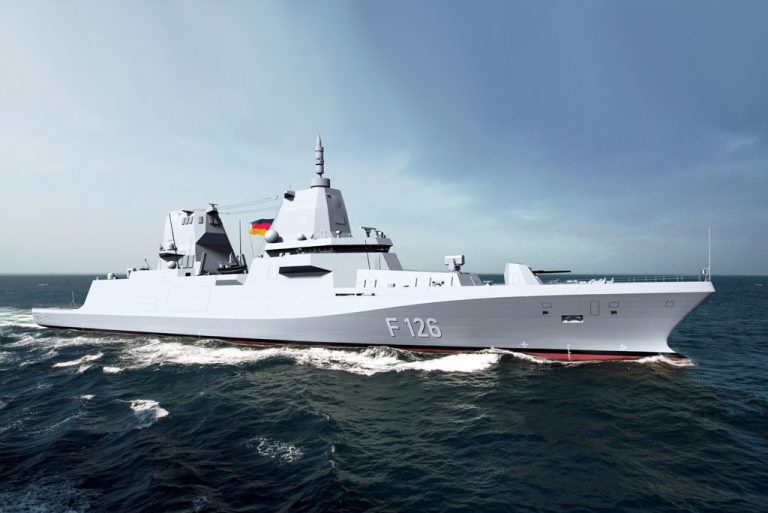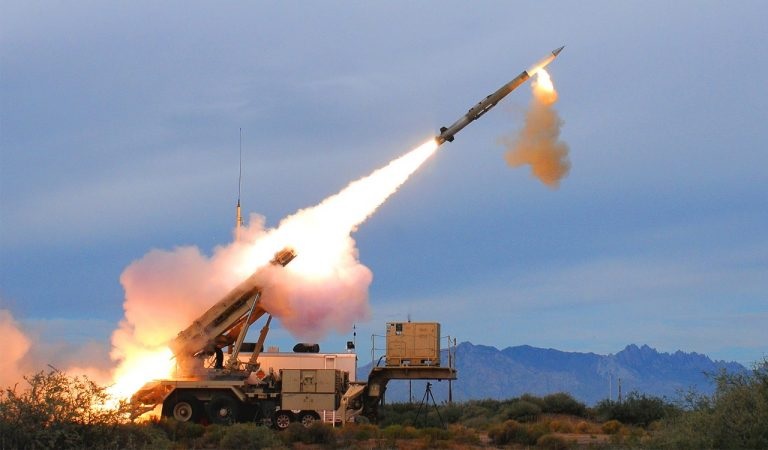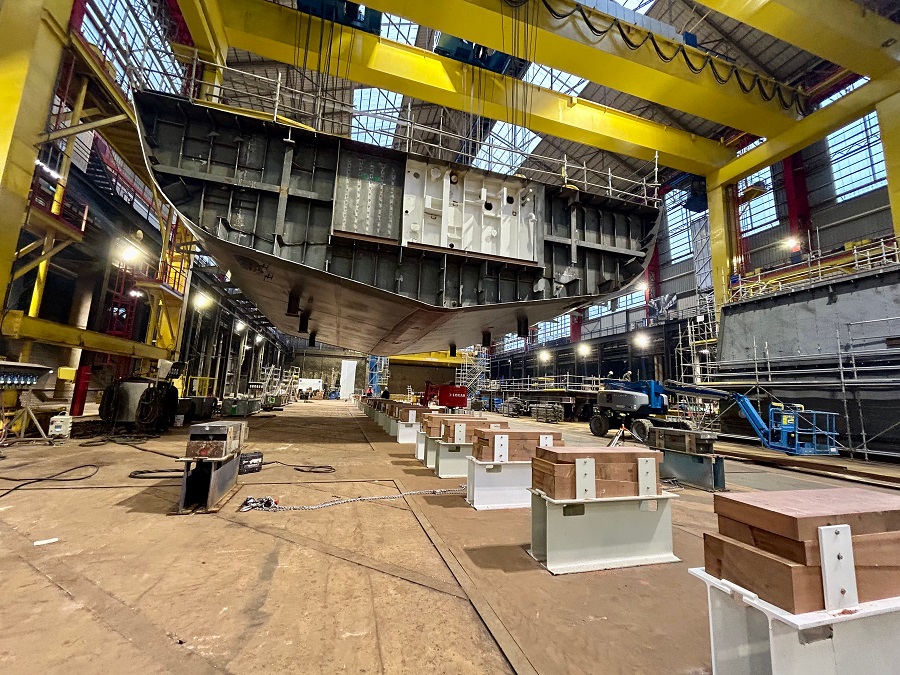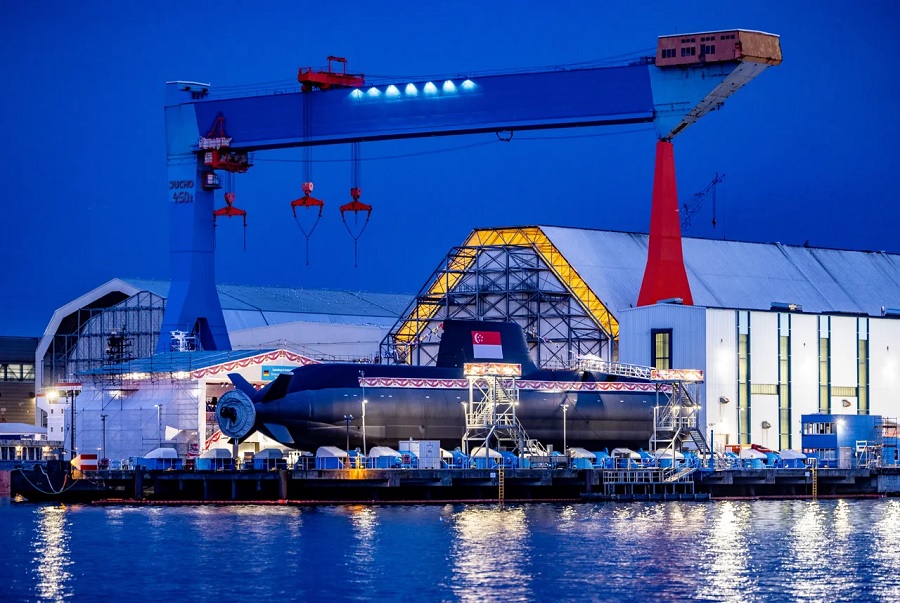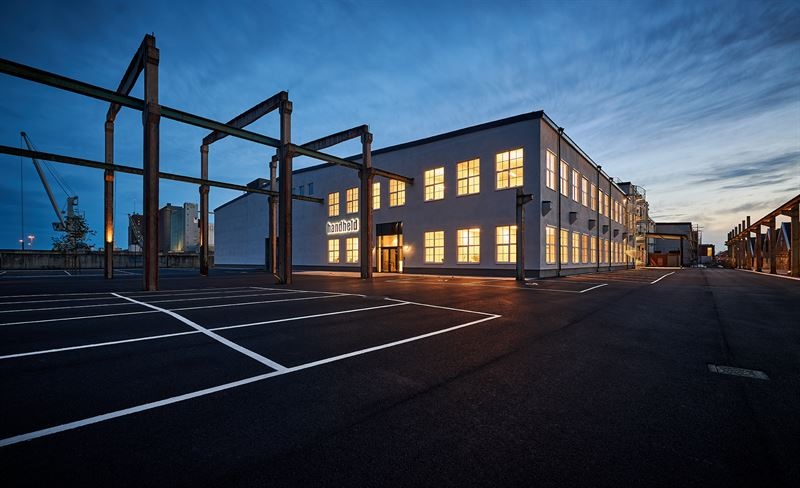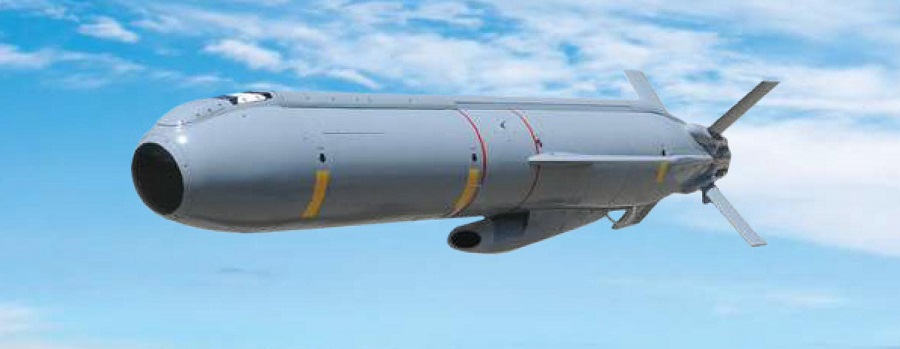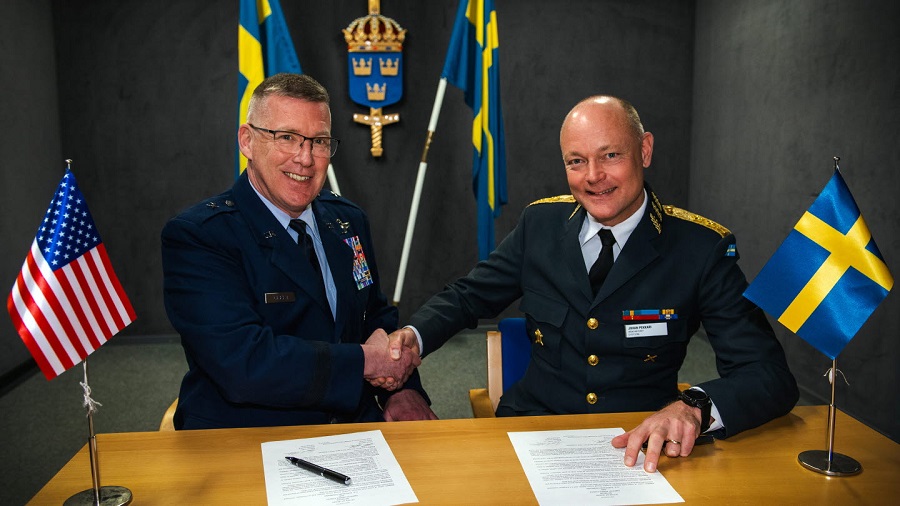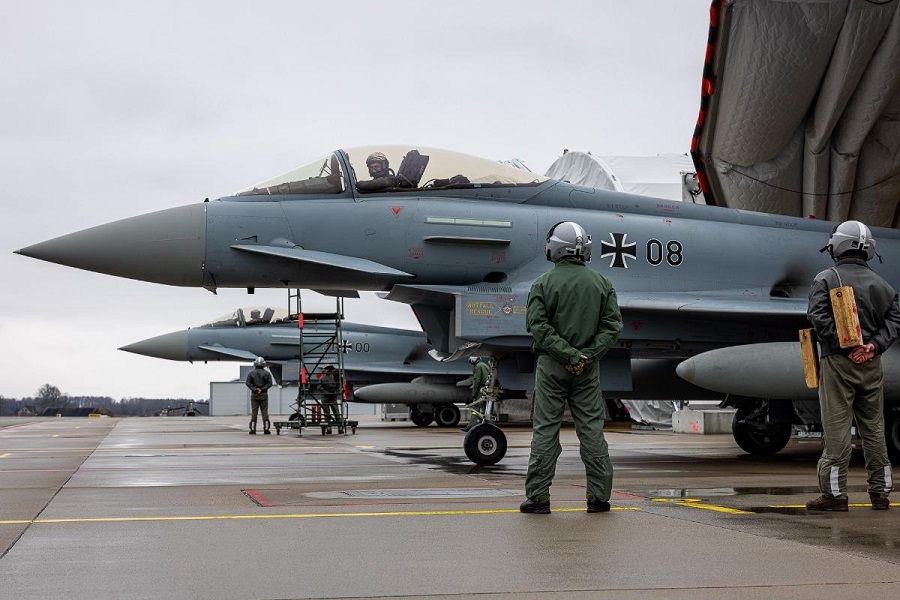The Artemis I mission will test the full Orion spacecraft in space for the first time. This mission is uncrewed and all systems will be pushed to their limits – vital for ensuring that crew members in future missions aboard the Orion capsule are safe.
The ESM was built by Airbus under contract to the European Space Agency (ESA). It serves as the Orion spacecraft’s main propulsion system, while also providing orbital manoeuvring and positioning control. Another important function of the ESM is providing the spacecraft’s crew with critical elements of life support – including water and oxygen – and it regulates thermal conditions aboard Orion.
Even before launch, the ESM took on various tasks, such as cooling of the spacecraft systems on the launch pad.
The mission: Minute by minute
Just 54 seconds after launch, the rocket – known by its formal designation as the Space Launch System (SLS) – reached supersonic speed. Eight minutes into the flight, Orion was separated from the rocket’s main stage, and the spacecraft reached zero-gravity while still attached to the cryogenic upper stage of the SLS.
At 18 minutes into the flight, it was time to switch on Orion’s power supply. The ESM’s distinctive four-wing solar array was deployed and the team awaited with baited breath to see the sensors go green, indicating all was OK.
After that, Orion travelled to a much higher orbit, going from a perigee of approximately 26 km to some 160 km. Around 90 minutes after launch, with the final upper stage engine ignition, the module was propelled towards lunar orbit. At this point, the solar panels were folded backwards by 35 degrees to reduce the loads generated by the ignition of the engine before separation of the rocket’s upper stage.
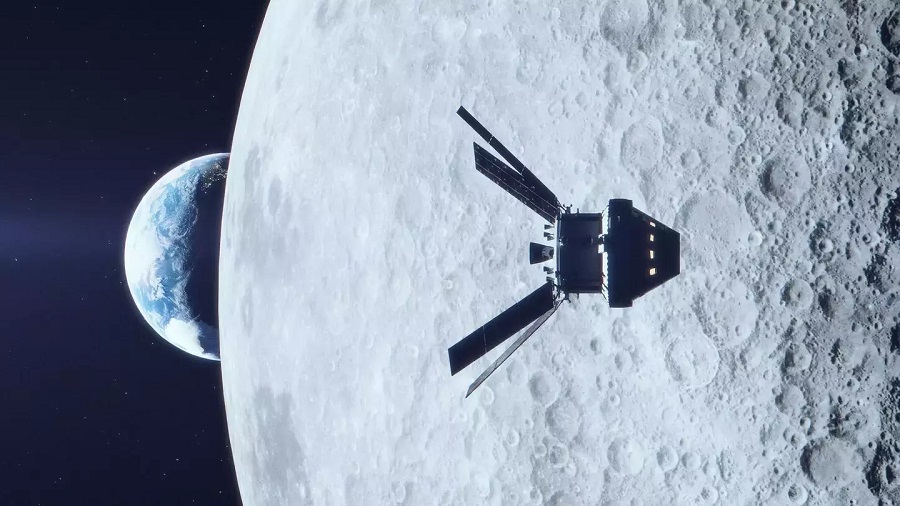
Seven hours after launch, the solar panels will be placed in their final position to provide power to the Orion spacecraft. The panels generate 11 kilowatts (kW) of power, of which 1.3 kW is supplied to the ESM. 11kW is roughly equivalent to the consumption of 11 standard household vacuum cleaners. The ESM therefore requires about the same amount of energy as just one vacuum cleaner.
In addition to providing power, the ESM also regulates the temperature of the entire Orion spacecraft throughout the flight. Just like us on Earth, when exposed to shade, the spacecraft becomes particularly cold while when facing the sun, it gets extremely warm. Therefore, heating elements warm the shady side, while radiators give off heat to cool the sunny side.
A four-week flight
During the 25-day flight, all systems will be tested extensively. Countless sensors and cameras will monitor changes and system functions throughout the mission.

Space is known to be an extremely hostile environment, which is why there is special focus on everything the future Orion crew will need to stay alive. Astronauts will fly around the Moon on the very next mission, Artemis II. For this to be approved, all life-support systems must be functioning properly and validated on the Artemis I flight. The Orion capsule on Artemis I is uncrewed, but mannequin ‘passengers’ record data on conditions for the future crew members.
The outbound trip to the Moon will take several days. Orion will fly about 62 miles (100 km) above the surface of the Moon, and then use the Moon’s gravitational force to propel Orion about 70,000 km beyond the Moon in lunar orbit. The spacecraft will stay in that orbit for approximately six days to collect data and allow mission controllers – including Airbus engineers who designed and built the ESM – to assess the performance of the spacecraft.
Before its return to Earth, Orion will perform another close flyby above the Moon’s surface to harness the Moon’s gravity to accelerate back towards Earth. The Orion astronaut capsule will then separate from the ESM to enter our planet’s atmosphere, travelling at 11 km per second. This will produce spacecraft temperatures of approximately 2,760 degrees Celsius. After this 26-day-long mission and a total distance travelled of more than 2 million km, the capsule will splashdown in the Pacific Ocean off the coast of Baja California. The ESM will not return to Earth with Orion, but will burn up in a controlled manner in the Earth’s atmosphere – having completed its vital role in preparing the way for the future exploration of space.


